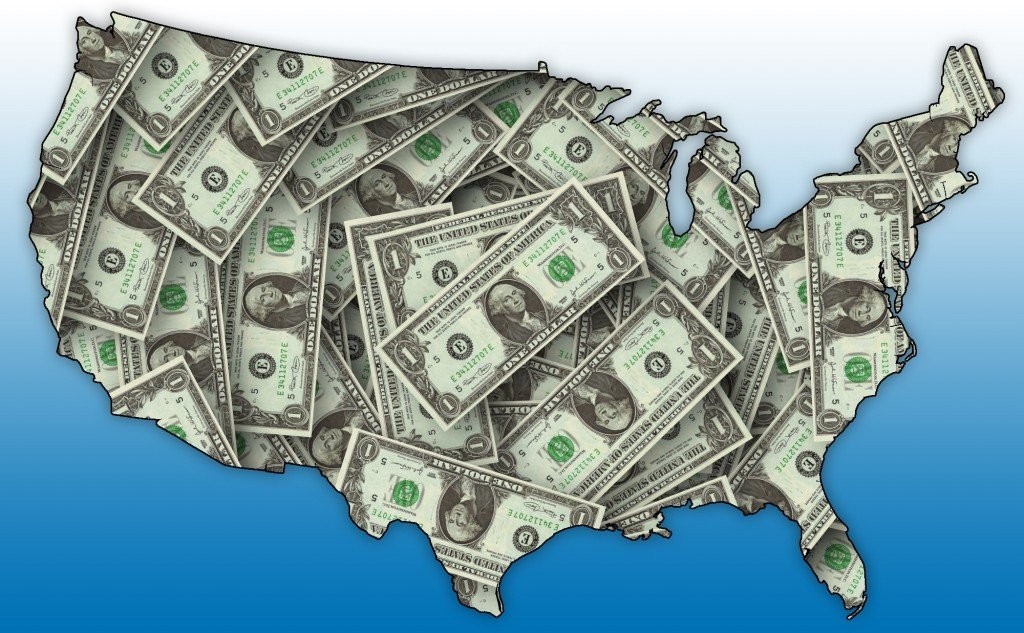
The U.S. Economy remains brittle after years of the U.S. Federal Reserve pushing money into the economy after the 2008 meltdown, however, the Federal Reserve is now considering new tools for future monetary policies. On Friday, the Federal Reserve confirmed that it would end what’s known as quantitative easing in October. Quantitative easing is the new purchases of Treasury bonds and mortgage-backed securities (MBS). This is not the end of the stimulus but the beginning of a new series of policies to help the economy return to a normal balance.
The first tool they are considering is the interest it pays banks on excess reserves on deposit at the Federal Reserve. The second tool considers short-term deposits. These would be a set of overnight repurchase agreements that would let money market funds and other institutions as well as banks essentially make short-term deposits at the Federal Reserve.
